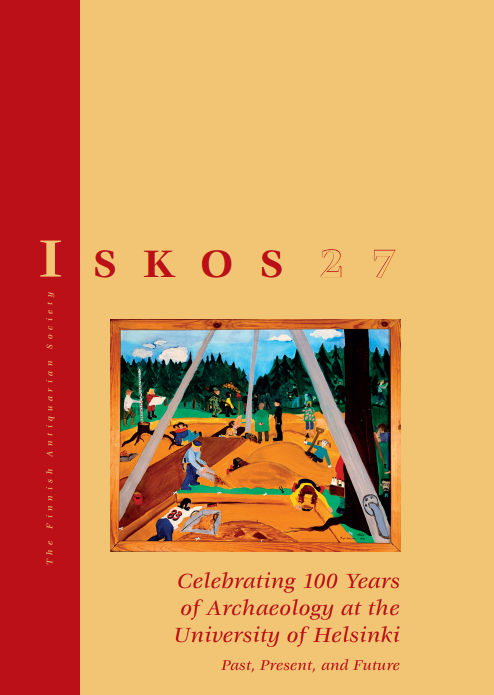Over ten years of archaeological work in Syria – SYGIS, the archaeological survey and mapping project of Jebel Bishri in Syria
Abstract
SYGIS, the Finnish Archaeological Survey and Mapping Project of Jebel Bishri in Syria, was initiated in the late 1990s when the project plan was accepted by the Syrian General Directory of Antiquities and Museums (DGAM) and NASA’s world monitoring programme. The cooperation with NASA meant receiving X-SAR Shuttle Mission 2000 remote-sensed data from Jebel Bishri, a mountainous region between the Syrian Desert and the Euphrates River. The Institute for Cultural Research at the University of Helsinki was then the home institution of the project led by Dr. Minna Lönnqvist (presently Silver), and the Academy of Finland provided the project’s initial funding. The aim of the project was to survey and map the largely archaeologically unexplored area of Jebel Bishri known as the mountain of the Amorites and Arameans in the ancient cuneiform sources. Based on the data, the main purpose was to study the relationship of pastoral nomads and sedentary people between the desert-steppe and the Euphrates River throughout the ages. The project used remote sensing, fieldwork and Geographic Information Systems (GIS) for data capture, mapping and analysis. Apart from the mobile cultures, important finds were traced dating from the Roman and Byzantine period. The work was carried out in 2000–2010 and included a Nordic research training course funded by NorFA (NordForsk) and a GIS course for some staff members of DGAM funded by the Finnish Foreign Ministry. Nokia Co. sponsored the project. The final reports were published in the BAR International Series of Archaeopress, Oxford, England, in 2008 and 2011, in addition to dozens of other publications.




